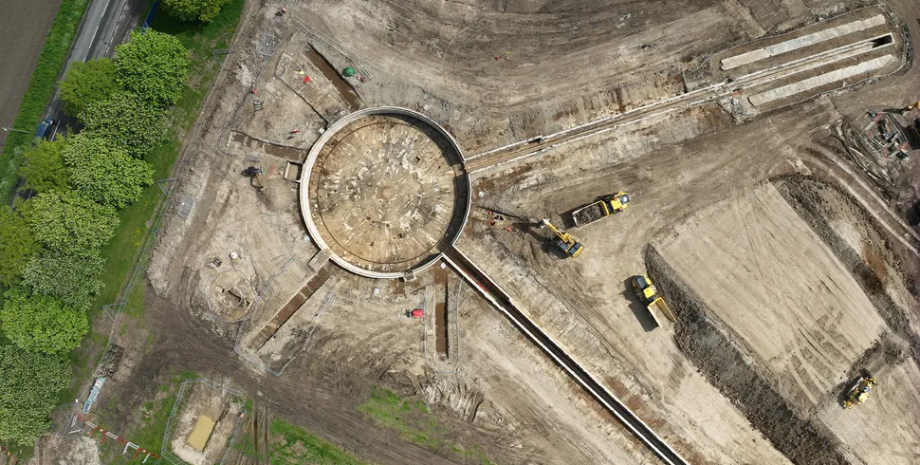
 By Eliza Popova
By Eliza Popova
This catapult was an innovative attempt to solve some of the problems that the planes were faced at the time, Live Science writes. In focus, technology appeared its Telegram channel. Subscribe not to miss the latest and most intrusive news from the world of science! Built between 1938 and 1940, the catapult Rae Mark III never saw the world. Instead, in 1941 it was buried, and a regular runway was built above it.
Despite its limited use, this prototype played a crucial role in the development of catapult systems. In particular, he laid the foundation for a catapulty aviation ship in 1941, which could launch aircraft from ships, which gave a strategic advantage during the Second World War. "The recently excavated catapult reminds us of the quick experiments and innovations of the interwar years and World War II," Susan Porter said in the statement in the statement, the head of the Mola project. .
The RAE MARK III catapult was found during excavations at Garwell's Scientific and Innovation Campus, which brings together government, academic and industrial research groups. Excavations showed the internal structure of the catapult, which consisted of a massive round pit with a width of 30 meters topped with a rotary platform. This rotary platform directed a plane to one of two concrete runways, each of which had only 82 m long.
For comparison, modern runways for aircraft weighing less than 90 718 kilograms have a length of at least 1 829 m. , the tow hook attaches them to an underground pneumatic ram. Twelve Rolls-Royce Kestrel Aircraft Air Force, located under the rotary platform, compressed air to drive the ram. High pressure air pushed a pneumatic ram on a managed track, effectively catapulting large bombers into the sky. Unfortunately, the prototype had its drawbacks.
It was not suitable for the bombers for whom it was intended, and never functioning as designed. After the war, the pit was used to store radioactive waste. Although radioactive waste was exported safely, the catapult remained buried with recent excavations. Other findings in this place include another runway located nearby, with lights, as well as a previously unknown gun, which was to protect the runway from potential attacks.
For more detailed study of catapult, researchers used hundreds of photos and thousands of measurements to create a digital 3D system model that is available for viewing on the Internet. Summing up, we can say that the discovery of Rae Mark III catapult is a testament to the innovative spirit of its time. Although she has not fulfilled her purpose, she played a role in the development of catapulty technology used during the Second World War.










All rights reserved IN-Ukraine.info - 2022